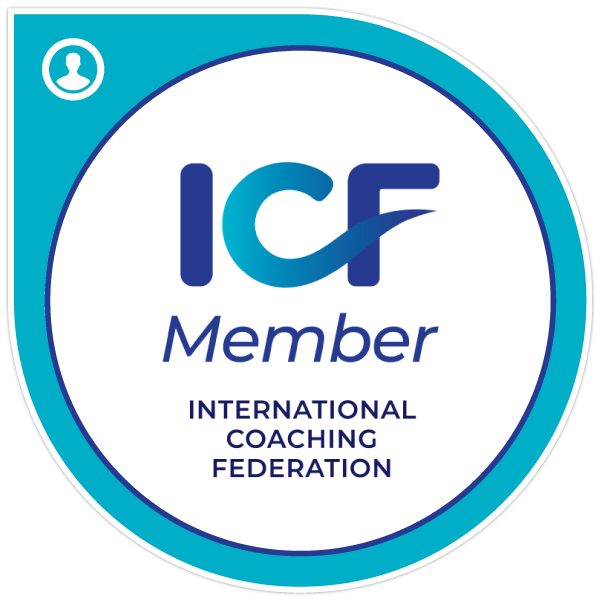In today’s rapidly evolving marketplace, the drive for innovation is at the forefront of business strategy across industries. Companies that excel in innovation often secure competitive advantages, such as increased market share and improved profitability. However, fostering an environment where innovative ideas can flourish involves more than just a commitment to creativity; it requires strategic structuring of teams to optimize the generation and implementation of these ideas. This article explores the optimal structuring of teams to enhance innovation outputs, dissecting five critical subtopics that influence the effectiveness of these teams.
First, we delve into **Team Composition**, examining how the diversity of skills, backgrounds, and personalities within a team can fuel or impede innovative capacities. Next, **Leadership Styles** are scrutinized to understand how different approaches can either foster a culture of innovation or stifle creative potential. The role of **Communication Frameworks** is also critical, as they facilitate or hinder the necessary exchange of ideas and collaboration across the team. Furthermore, **Reward and Incentive Systems** are discussed to determine how they can be aligned to encourage risk-taking and innovation without fearing failure. Lastly, the article examines **Iterative Processes and Feedback Loops**, essential for refining ideas and driving continuous improvement in innovation efforts. Through a detailed analysis of these components, organizations can better structure their teams to not only generate innovative ideas but also to execute them effectively, thereby achieving sustained success in their respective fields.

Team Composition
Team composition is crucial for optimizing innovation outputs within any organization. The diversity of a team in terms of skills, experience, and perspectives can significantly influence its creativity and efficiency in problem-solving. A well-structured team typically includes a mix of roles that complement each other, ensuring that all necessary aspects of a project are addressed. For instance, a balanced team might consist of creative thinkers, technical experts, project managers, and customer-focused individuals.
When assembling a team, it’s important to consider the cognitive diversity of its members. Teams that combine analytical thinkers with intuitive thinkers tend to reach more innovative solutions. Analytical team members can focus on data and logical reasoning, while intuitive members can bring in new ideas and creative approaches. This blend can lead to the generation of groundbreaking ideas and solutions that a homogenous team might miss.
Moreover, the inclusion of members from varied cultural and professional backgrounds can enhance the team’s ability to innovate. Different cultural perspectives can inspire unique insights and lead to the development of products and services that are more universally appealing and innovative. Additionally, team members who have varied professional backgrounds can cross-pollinate ideas, leading to more effective and comprehensive approaches to solving complex problems.
In conclusion, for teams to be structured effectively to optimize innovation outputs, the composition of the team is key. By strategically selecting team members who bring a variety of skills, experiences, and perspectives, organizations can foster an environment that is conducive to creativity and innovation. This ultimately leads to higher quality outputs and a stronger competitive edge in the marketplace.
Leadership Styles
Leadership styles play a crucial role in shaping the environment of a team, which in turn affects the team’s capacity for innovation. Different leadership approaches can either foster an atmosphere that encourages creativity and the free flow of ideas or stifle it. An effective leadership style for promoting innovation is one that is inclusive and participatory. Leaders who adopt this style typically encourage team members to contribute ideas, value everyone’s input, and promote shared decision-making.
One popular leadership style conducive to innovation is transformational leadership. Transformational leaders inspire and motivate their team by setting a vision that is aligned with both the goals of the organization and the aspirations of the team members. They are adept at challenging the status quo and encouraging creativity among their team members. By focusing on the development of their team and recognizing individual contributions, these leaders can boost morale and enhance productivity.
Another effective leadership approach in innovative settings is servant leadership. Servant leaders put the needs of their team members first. They focus on building relationships, fostering a supportive culture, and developing the skills of their team. This approach not only enhances team cohesion but also empowers individuals, leading to increased innovation as team members feel safe and supported to experiment and propose new ideas.
In contrast, a more directive or autocratic leadership style might hinder innovation as it tends to limit team members’ ability to exercise initiative and express creative solutions. In environments where leaders are open, flexible, and supportive, teams are more likely to take risks and explore new possibilities. Therefore, for organizations aiming to optimize innovation outputs, adopting a leadership style that encourages participation and values each team member’s perspective is essential.
Communication Frameworks
Effective communication frameworks are vital for structuring teams to optimize innovation outputs. In the context of team dynamics, communication is not just about exchanging information; it encompasses the methods and tools that facilitate clear, consistent, and creative exchanges among team members. A well-designed communication framework ensures that ideas are not only shared but also appropriately challenged and iterated upon, leading to more robust innovation.
For instance, incorporating regular brainstorming sessions, open forums for feedback, and structured meetings can help foster an environment of openness and collaboration. These platforms allow team members to voice new ideas, provide constructive feedback, and build on each other’s concepts. It is crucial that these communications are managed in such a way that every team member feels valued and heard, which in turn fosters a sense of belonging and commitment to the team’s goals.
Furthermore, leveraging digital tools and technologies can enhance communication effectiveness in teams spread across different geographies. Tools such as instant messaging applications, video conferencing, and collaborative software can bridge the physical gap between team members, ensuring that collaboration does not suffer due to distance. These technologies also support asynchronous communication, allowing team members to contribute at their peak times of productivity.
In conclusion, a robust communication framework is a key pillar in structuring teams for optimal innovation. It not only supports the flow of ideas but also ensures that these ideas are refined and implemented effectively, leading to successful innovation outcomes. By prioritizing clear and open communication, organizations can create an environment where innovation can thrive.
Reward and Incentive Systems
Reward and incentive systems are crucial elements in structuring teams to optimize innovation outputs. The effectiveness of these systems lies in their ability to motivate team members to push the boundaries of creativity and efficiency. Well-designed reward systems align the goals of the individual with the objectives of the organization, encouraging behaviors that foster innovation.
Innovative teams often thrive in environments where incentives are not solely based on financial gains but also on recognition, career advancement, and opportunities for personal and professional growth. For instance, rewards for team-based achievements rather than individual accomplishments can promote a more collaborative atmosphere, driving collective effort towards innovative outcomes. This approach helps in minimizing the silo mentality and encourages a more holistic approach to problem-solving.
Moreover, it is essential for incentives to be perceived as fair and attainable. If the rewards are seen as unreachable, they might demotivate rather than motivate team members. Transparency in how rewards are distributed also plays a critical role in maintaining trust within the team. Trust, combined with a sense of fairness, can significantly enhance team morale and motivation, which are vital for sustained innovation.
In conclusion, when setting up reward and incentive systems to boost innovation, leaders should consider a variety of rewards that cater to different needs and motivations of team members. By doing so, organizations can cultivate an environment where innovation is not just a responsibility, but a rewarding and engaging part of the team’s culture.
Iterative Processes and Feedback Loops
Iterative processes and feedback loops are crucial components in the structure of teams aiming to optimize innovation outputs. This approach involves the repetition of a series of operations in the development process of a project or service, with the intent to refine and enhance the outcome through continuous feedback and learning. Iterative processes allow teams to evolve ideas and solutions incrementally, which can lead to more innovative and adapted solutions over time.
Feedback loops are integral to this approach. They ensure that insights gained during testing or after each iteration are fed back into the project to inform and improve the next phase. This continuous loop of execution, evaluation, learning, and revising helps teams to make more informed decisions and avoid the pitfalls of committing too early to a single, possibly flawed, solution.
Innovation thrives in environments where ideas can be tested and improved upon openly and continuously. Establishing a strong feedback culture within the team encourages open communication, critical thinking, and collaboration. It also helps in identifying any issues or challenges early in the process, which can be addressed more effectively than in a more linear workflow. By embracing iterative processes and feedback loops, teams can foster a more dynamic and flexible approach to innovation, which is crucial in today’s fast-paced and ever-changing business landscapes.


Leave a Reply